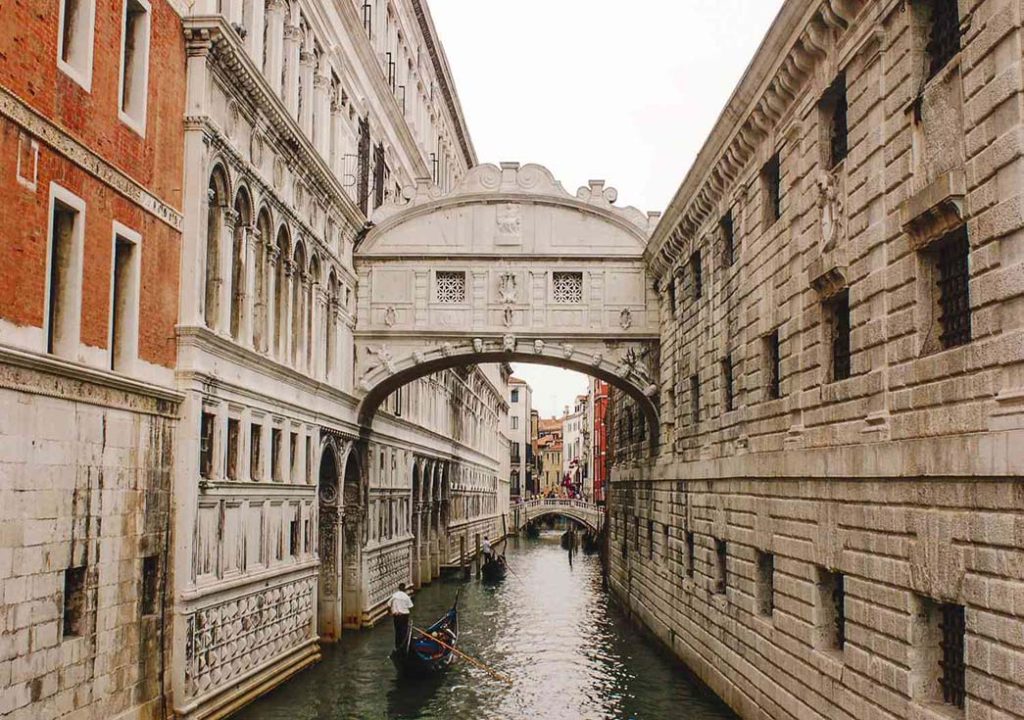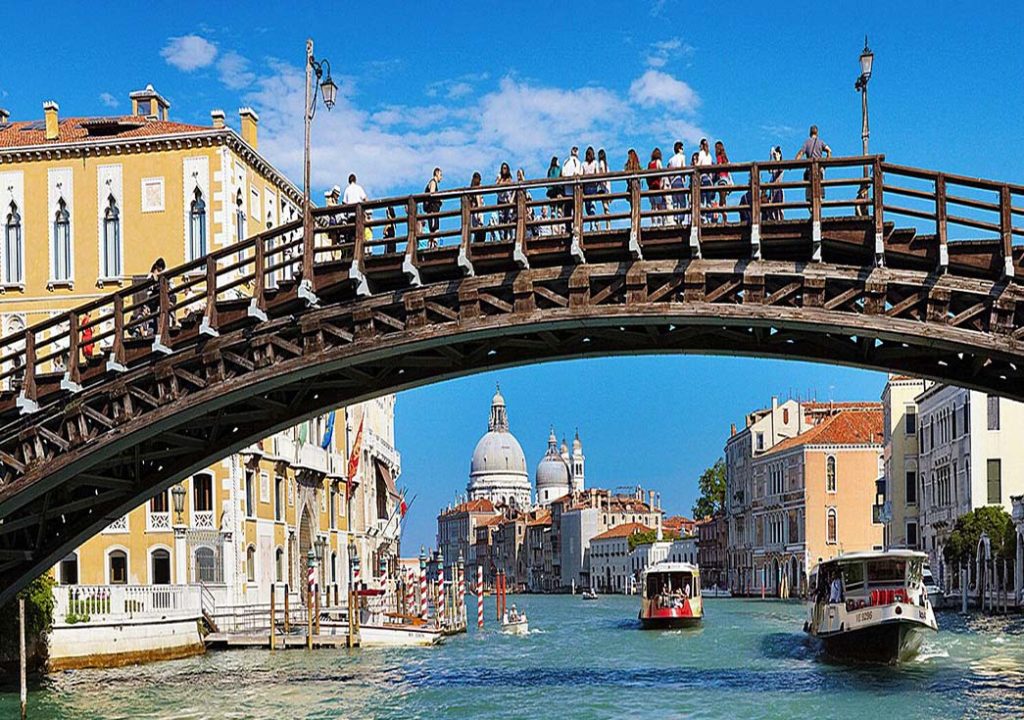Venice, with its labyrinth of canals, historic architecture, and timeless charm, is a photographer’s dream. This enchanting city offers countless opportunities for capturing stunning images that reflect its unique beauty and character. Whether you’re an amateur shutterbug or a seasoned professional, Venice has something to inspire every eye. In this guide, we’ll explore the most photogenic spots in Venice, providing detailed insights, practical tips, and personal experiences to help you take the best photos.
1. St. Mark’s Square (Piazza San Marco)
Overview
St. Mark’s Square is the heart of Venice and one of the most iconic and photographed locations in the city. Surrounded by historical landmarks such as St. Mark’s Basilica, the Campanile (bell tower), and the Doge’s Palace, the square offers a wealth of photographic opportunities.
Photo Opportunities
- St. Mark’s Basilica: Capture the intricate details of its Byzantine architecture, the stunning mosaics, and the grandeur of its facade.
- Campanile: The bell tower provides a vantage point for panoramic shots of the entire city. Consider visiting during sunset for a magical view.
- Doge’s Palace: The Gothic architecture and the Bridge of Sighs nearby offer dramatic photo possibilities.
- Pigeons in the Square: The pigeons add a dynamic element to your shots, especially when captured in flight.
Tips
- Timing: Visit early in the morning to avoid crowds and take advantage of the soft morning light.
- Night Photography: The square is beautifully lit at night, offering a different perspective and mood for your photos.
- Equipment: A wide-angle lens is ideal for capturing the vastness of the square and its architectural details.
2. Rialto Bridge (Ponte di Rialto)
Overview
The Rialto Bridge is one of the four bridges spanning the Grand Canal and is the oldest of the four. Its distinctive stone arch design makes it a focal point for photography.
Photo Opportunities
- View from the Bridge: Capture the bustling activity on the Grand Canal, including gondolas, water taxis, and the vibrant facades of buildings lining the canal.
- Bridge Architecture: The bridge itself, with its stone arch and decorative details, is a striking subject.
- Rialto Market: Nearby, the market offers colorful scenes of fresh produce, seafood, and Venetian life.
Tips
- Golden Hour: The light at sunrise and sunset enhances the colors and creates a beautiful atmosphere.
- Crowds: The bridge is popular, so visit early or late in the day to avoid heavy foot traffic.
- Angle: For a unique perspective, photograph the bridge from a vaporetto (water bus) or a gondola on the canal.
3. Burano Island
Overview
Burano is renowned for its brightly colored houses and lace-making traditions. The island’s vivid palette and quaint canals make it a favorite among photographers.
Photo Opportunities
- Colorful Houses: The vividly painted houses reflected in the canals create stunning compositions.
- Lace Shops: Capture the intricate lacework and the charming shops that sell them.
- Local Life: Scenes of locals going about their day add a human element to your photos.
Tips
- Lens: A standard zoom lens is versatile for capturing both wide shots of the canals and close-ups of the houses.
- Weather: Bright, sunny days enhance the colors, but overcast conditions can also provide soft, diffused light.
- Exploration: Wander off the main streets to discover less crowded, equally picturesque spots.
4. Grand Canal
Overview
The Grand Canal is the main waterway of Venice, snaking through the city in a large S shape. It’s lined with impressive palazzos and is a hub of activity.
Photo Opportunities
- Canal Traffic: Capture the variety of boats, including gondolas, vaporettos, and private water taxis.
- Palazzos: The grand buildings lining the canal, such as Ca’ d’Oro and Palazzo Venier dei Leoni, offer stunning architectural shots.
- Rialto Bridge Views: The view of the canal from the Rialto Bridge is particularly iconic.
Tips
- Vaporetto: Ride the vaporetto for a moving vantage point of the canal and its surroundings.
- Time of Day: Early morning and late afternoon provide the best light and fewer crowds.
- Composition: Use the curve of the canal to lead the viewer’s eye through the frame.
5. Bridge of Sighs (Ponte dei Sospiri)

Overview
Connecting the Doge’s Palace with the prisons, the Bridge of Sighs is one of Venice’s most famous landmarks. Its name comes from the sighs of prisoners catching their last glimpse of Venice before being led to their cells.
Photo Opportunities
- From the Outside: Capture the bridge’s unique architecture from the nearby bridges, such as Ponte della Paglia.
- Through the Bars: For a different perspective, photograph through the small windows inside the Doge’s Palace.
- Reflections: Look for reflections in the canal beneath the bridge.
Tips
- Crowds: This spot can get very crowded, so visiting early or late can help.
- Weather: A slightly overcast day can add to the moody atmosphere of the bridge.
6. San Giorgio Maggiore
Overview
San Giorgio Maggiore is a small island located across from St. Mark’s Square. The island is home to the San Giorgio Maggiore church, designed by Andrea Palladio.
Photo Opportunities
- Bell Tower: The view from the bell tower offers a stunning panorama of Venice, including St. Mark’s Square and the Grand Canal.
- Church Interior: The interior of the church is equally impressive, with its clean lines and classic Palladian architecture.
- Island Views: The island itself provides beautiful views of the surrounding lagoon and Venice.
Tips
- Telephoto Lens: A telephoto lens can help capture detailed shots of Venice from the bell tower.
- Boat Ride: The ride to the island offers its own photo opportunities.
- Lighting: Late afternoon light can be particularly beautiful as it casts a warm glow over the city.
7. Santa Maria della Salute
Overview
Santa Maria della Salute, often simply referred to as La Salute, is a stunning Baroque church located at the entrance to the Grand Canal. It’s one of Venice’s most photographed landmarks.
Photo Opportunities
- Exterior Views: The church’s striking dome and ornate exterior are best photographed from across the canal or from a boat.
- Interior: The interior, with its grand altar and beautiful artworks, provides additional photo opportunities.
- Sunset Shots: Capture the church silhouetted against the setting sun for a dramatic effect.
Tips
- Perspective: For a unique angle, photograph the church from the Accademia Bridge.
- Timing: Sunset and twilight are ideal times for capturing the church’s beauty.
- Wide-Angle Lens: A wide-angle lens is useful for capturing the grandeur of the building.
8. Cannaregio District
Overview
Cannaregio is one of Venice’s quieter, less touristy districts. It offers a more authentic glimpse into Venetian life and has many charming streets and canals to explore.
Photo Opportunities
- Ghetto Nuovo: The Jewish Ghetto is rich in history and offers unique architectural shots.
- Canals: The smaller, less crowded canals provide tranquil scenes that are perfect for photography.
- Local Life: Capture daily life scenes, from market stalls to locals enjoying their day.
Tips
- Early Morning: The soft morning light and quiet streets make for the best photos.
- Explore: Don’t be afraid to wander off the beaten path to find hidden gems.
- Portraits: The district’s characterful residents make for great portrait subjects.
9. Teatro La Fenice
Overview
Teatro La Fenice is Venice’s famed opera house, known for its opulent interior and historical significance. It has been rebuilt multiple times following devastating fires, always rising from the ashes like its namesake, the phoenix.
Photo Opportunities
- Interior: The grand auditorium, with its gilded boxes and intricate details, is a visual feast.
- Exterior: The theater’s facade is also photogenic, especially when lit up at night.
- Backstage Tours: Some tours offer a behind-the-scenes look, providing unique photo opportunities.
Tips
- Tours: Book a guided tour to access the interior and learn about its history.
- Concerts: If possible, attend a performance to experience and photograph the theater in action.
- Lighting: Interior shots benefit from the theater’s own dramatic lighting, but a good low-light lens helps.
10. Accademia Bridge (Ponte dell’Accademia)

Overview
The Accademia Bridge offers one of the best views of the Grand Canal, with the majestic Santa Maria della Salute in the background. It’s a favorite spot for both professional and amateur photographers.
Photo Opportunities
- Sunrise and Sunset: The bridge offers fantastic views during both sunrise and sunset.
- Canal Traffic: Capture the movement of boats and gondolas on the Grand Canal.
- Night Photography: The bridge is also a great spot for night shots with the city lights reflecting on the water.
Tips
- Tripod: Use a tripod for long-exposure shots, especially at night.
- Crowds: This spot can get busy, so arrive early to claim your spot.
- Weather: Clear skies or a bit of mist can both provide beautiful photo conditions.
Practical Tips for Photographing Venice
1. Best Time to Visit
Off-Season: Venice can be extremely crowded during peak tourist seasons (summer and Carnival). Visiting in the off-season (late fall to early spring) can provide more opportunities for unobstructed shots.
- Early Mornings: The city is quieter in the early morning, offering the best light and fewer tourists.
2. Equipment
- Lenses: A versatile zoom lens (18-55mm) for general shots, a wide-angle lens (10-20mm) for architecture, and a telephoto lens (70-200mm) for distant subjects.
- Tripod: Essential for low-light and night photography.
- Filters: Polarizing filters can help manage reflections on water, and ND filters are useful for long exposures.
3. Composition Tips
- Leading Lines: Use canals, bridges, and alleyways to create leading lines in your photos.
- Reflections: The abundance of water in Venice provides many opportunities for reflection shots.
- Human Element: Including people in your shots can add a sense of scale and life to your photos.
4. Post-Processing
- Software: Use photo editing software like Adobe Lightroom or Photoshop to enhance your images.
- Adjustments: Pay attention to contrast, saturation, and sharpness to make your photos pop.
- Presets: Consider using presets specifically designed for travel photography to streamline your editing process.
5. Respect and Etiquette
- Local Customs: Be mindful of local customs and regulations, especially in religious and historic sites.
- Privacy: Always ask for permission before photographing people up close.
- Preservation: Avoid actions that could damage or disrespect the historic and cultural sites.
Venice is a city that captivates and inspires photographers with its timeless beauty and unique character. From the grandeur of St. Mark’s Square to the colorful charm of Burano, every corner of Venice offers a new perspective and a perfect shot. By exploring these photogenic spots, using the right equipment, and being mindful of timing and composition, you can capture the essence of Venice in your photographs. Whether you’re an amateur photographer or a seasoned professional, Venice’s magic is sure to shine through your lens. Happy shooting!